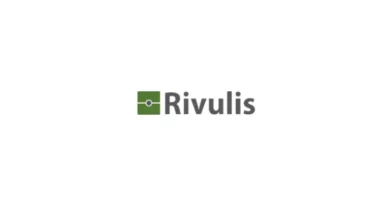Australia: Old herbicide classification makes way for the future
29 November 2021, Australia: Resistance management whether it’s related to fungicides, insecticides or herbicides, is critical to the long-term sustainability of our industry.
Australia is at the forefront of resistance management, being the first country to mandate Mode of Action classification labelling in 1992. Several revisions to this system have been required to reflect current knowledge, however this year we begin a global alignment of the herbicide classification system.
Aligning under a new system
You might have seen a numbering system emerge in recent weeks reflecting the mode of action on all new herbicide labels, and in communications.
It is not a simple exchange of C=3 as an existing American system has been adopted, so the number system is not sequential.
Thankfully, there will be a three-year transition period so we can all adjust our manner of thinking.
There are multiple reasons for this change:
- letters are self-limiting
- alignment to other global systems
- insecticides and fungicides are already using a number system.
There will be some realignment of individual active ingredients, again, to reflect better understanding of how the chemical behaves; however, most resistance management strategies will largely remain the same.
In broadacre, knockdown herbicide management will remain largely unchanged.
Gramoxone® 360 Pro, Spray.Seed® (as well as Reglone®) have until now come under the Group L classification, these are now Group 22 herbicides.
Many of the pre-emergent herbicides will have a simple exchange of letter to number. Boxer Gold® with its complimentary active ingredients prosulfocarb and S-metolachlor was a Group J and K, and is now Group 15.
Meanwhile Reflex®, the new pre-emergent broadleaf herbicide for pulse crops, is now classified as a Group 14 (previously Group G).
For bread wheat and barley growers, it’s important to know that our recent broadleaf weed innovation Callisito® is no longer a Group H but a Group 27.
And while Talinor® was a Group H and C, it now has the dual classification of Group 27 and 6, it being a unique formulation of bicyclopyrone and bromoxynil for the in-crop control of problem broadleaf weeds.
The need to plan ahead
Which brings us to a timely reminder to plan well ahead for next year’s winter crop with careful attention to these different modes of action and how to manage these as part of an integrated approach to weed management.
While Talinor will remain a valuable tool for many, people are now realising the tremendous value of using Callisto (also Group 27) as a specially formulated herbicide to achieve up-front control of problem broadleaves in a pre-emergent use pattern. It’s important to note that both can’t be used in the same crop.
Getting a weed management plan in play now will save you time and money later. And with the price of Boxer Gold® now starting under $25/ha, it makes a great alternative to trifluralin and trifluralin-triallate mixes for annual ryegrass control, especially when it comes to flexibility, and consistent performance under variable conditions.















